Papers Festival has been a full-day celebration of the art, the culture and the architecture of refugees, held in the conservatory of the Barbican centre and organised by the Architecture Foundation.
The Barbican glasshouse has been transformed to reproduce identities and meanings of refugee camps and to talk positively about migration. Refugees, artists, musicians, poets, architects, academics and many young volunteers animated the day with talks, music, exhibitions and a lot of energy to manifest the generative processes that migrants and refugees can activate.
Walking in the beautiful Barbican ‘Jungle’ I encountered children’s drawings, photographs, tents, pieces of art, shoes, blankets, paintings, plastic models, camp plans but most of all joyful people.
In the middle of the conservatory I visited the famous Calais shelter ‘La Maison Bleue sur la Colline’, built by Sudanese refugee artist Alpha. It has been rebuilt here, remanding us, sadly, that the original was demolished in March together with almost half of the camp.
It was a glimpse of the beauty of the refugees camp – it might sounds as an oxymoron, but this festival was really about the making of Calais Jungle, seen as expression of different cultures and populations that have settled there in the past years. Communities of refugees have been built this place and they are making it their own, creating an interesting example of urbanism which have attracted already many architects and urban geographers.
I have found particularly interesting the talk on the role of architecture in the refugee crisis, topic that I have already discussed in a previous post for the London Festival of Architecture. At Papers the focus was specifically on the urbanism of refugee camps.
Architect Grainne Hassett talked about her experience in building Calais camp; the environmental challenges, the safety issues and the legal obstacles, such as the prohibition of building foundations for not being a permanent settlement. On the positive side, she remarked the interesting cultural identities and social structures that emerged through the urbanisation of the camp, as an example of bottom-up place making I would add.
Prof. Eyal Weizman picked up on the point of identity of refugee camps describing them as global spaces, where geo-political forces slow-down and converge. He explained that refugees belong to the place they left, their home country, but also to place they arrive in, the country where they stay, and to the places they have been during their long journey. Refugee camps represent this multitude of spaces, cultures and experiences.
It was a rich, thought-provoking day, which also made us reflect on delicate ethical matters. Robert Mull, who curated the Festival, posed the question of whether considering our help in building refugee camps as a form of ‘complicity’ in building the walls of division, or, contrarily, as a moral duty in helping displaced people to find a shelter.
With no clear answer in mind, I must say that listening to The Worldwide Tribe’s volunteers about their experiences in Calais, helping refugees to build homes, churches, community centres and schools, it seems that the humanitarian crisis in refugee camps is at massive scale, and although camps are not a solution for migration and integration, we can’t just ignore what is happening there.

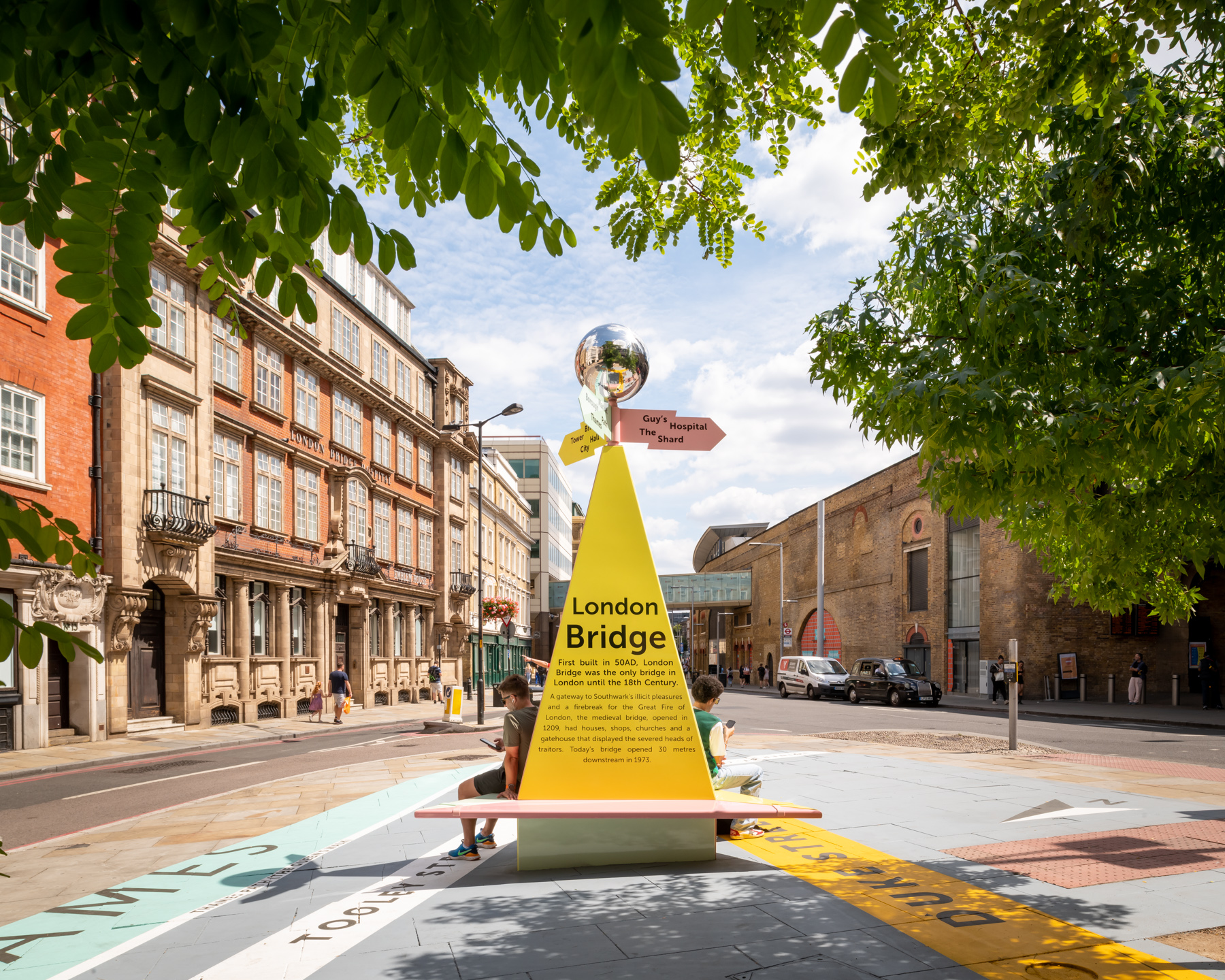 COMPETITION
|
COMPETITION
|
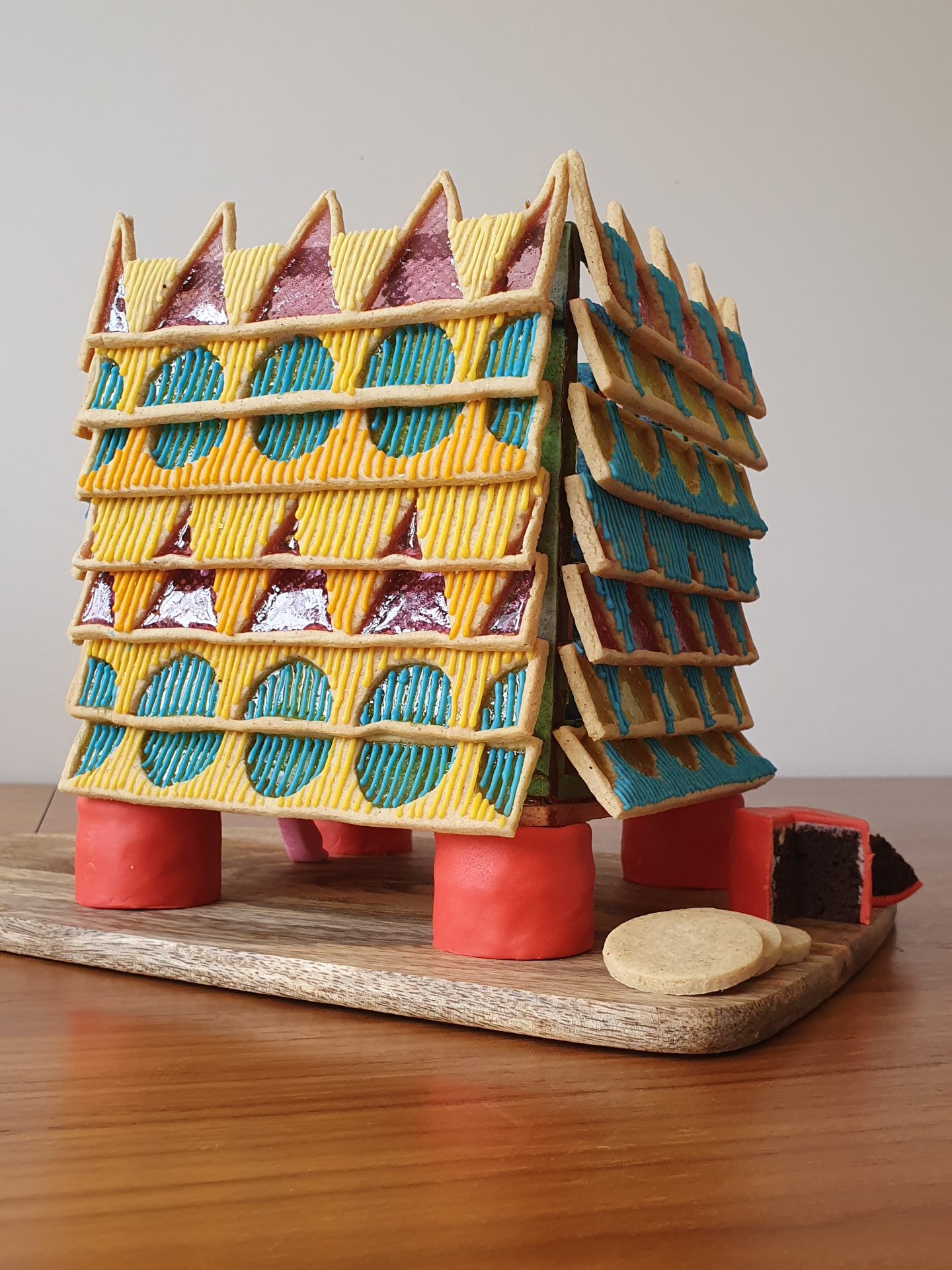 COMPETITION
|
COMPETITION
|
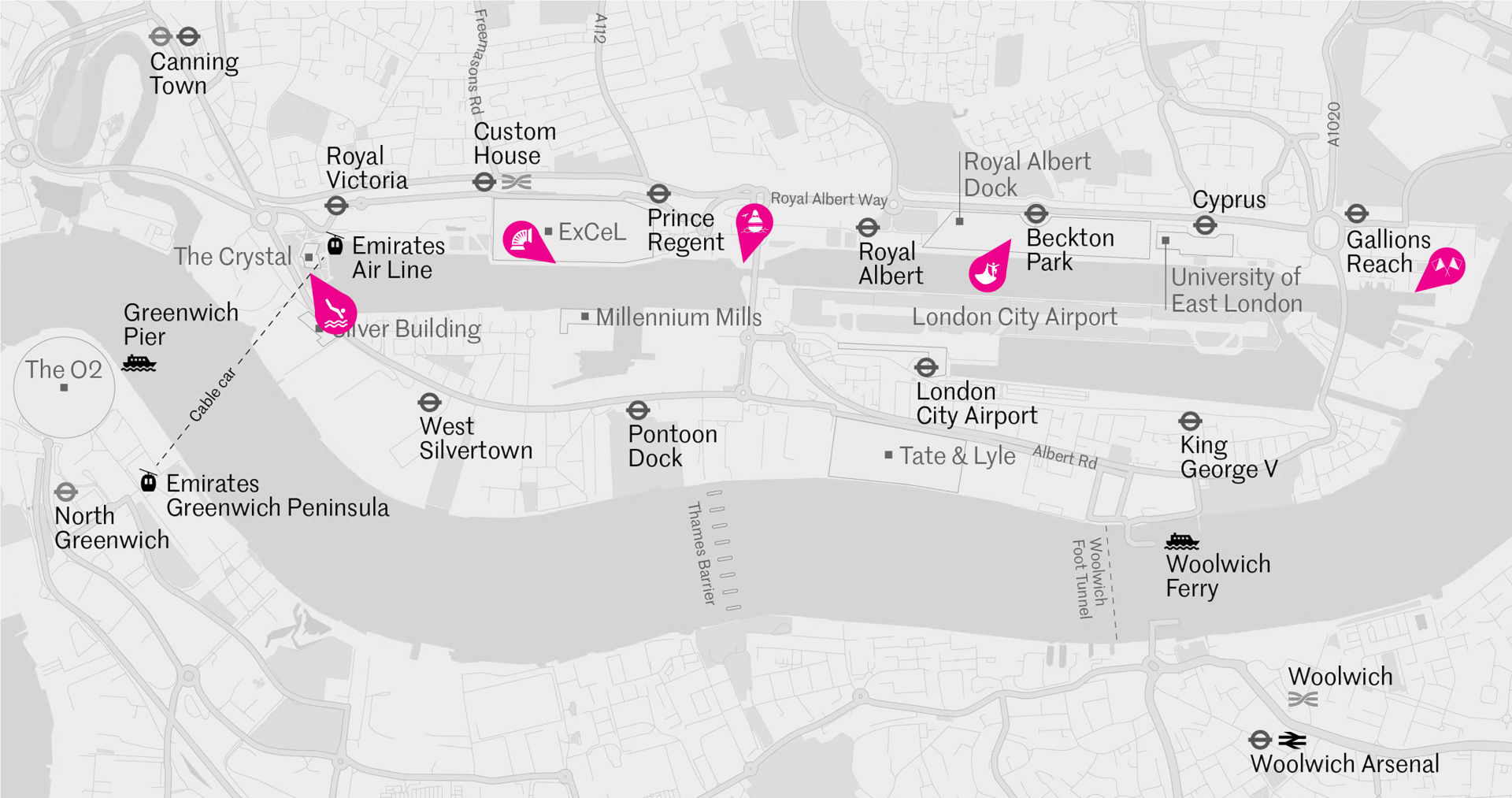 COMPETITION
|
COMPETITION
|
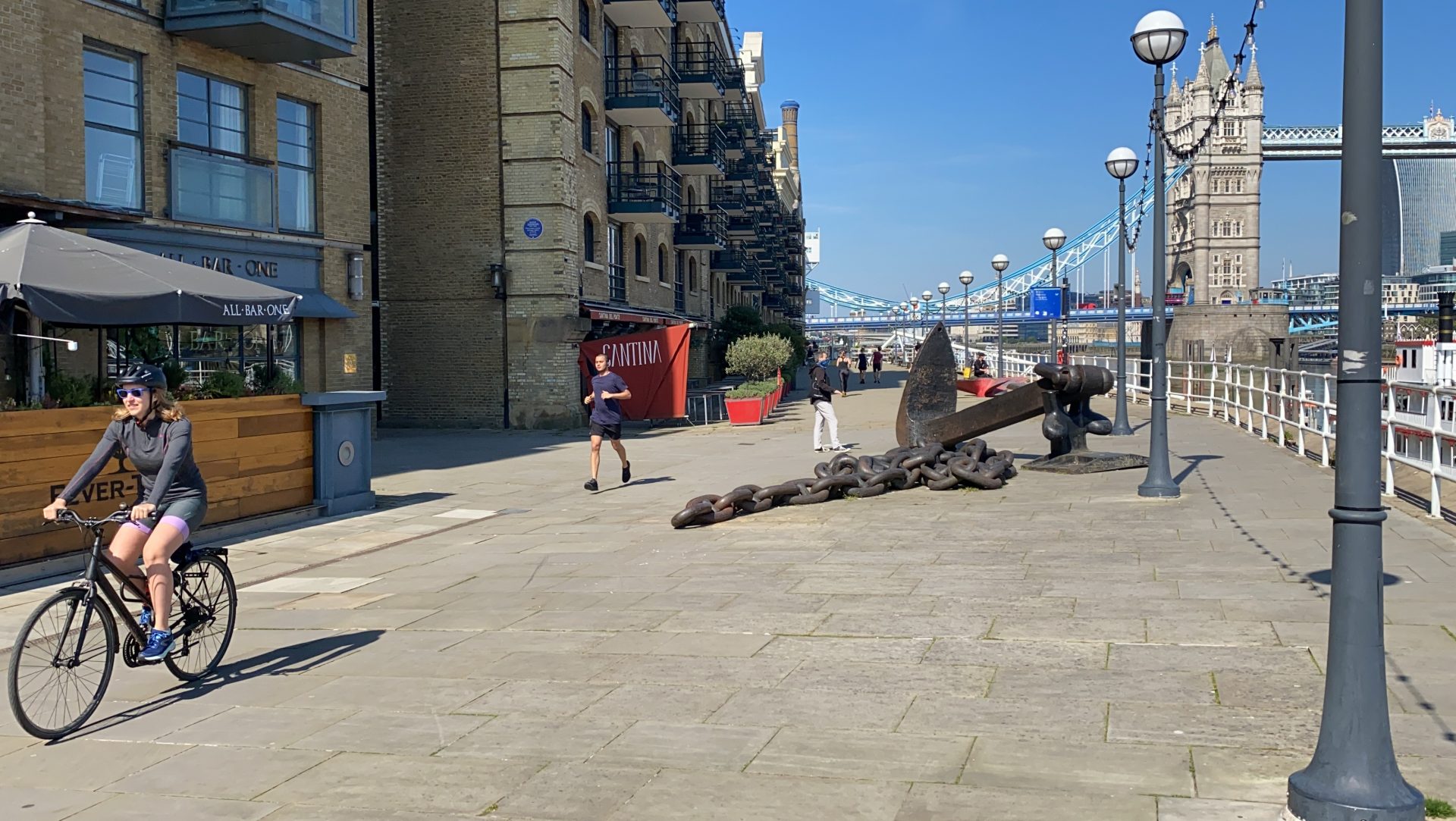 COMPETITION
|
COMPETITION
|
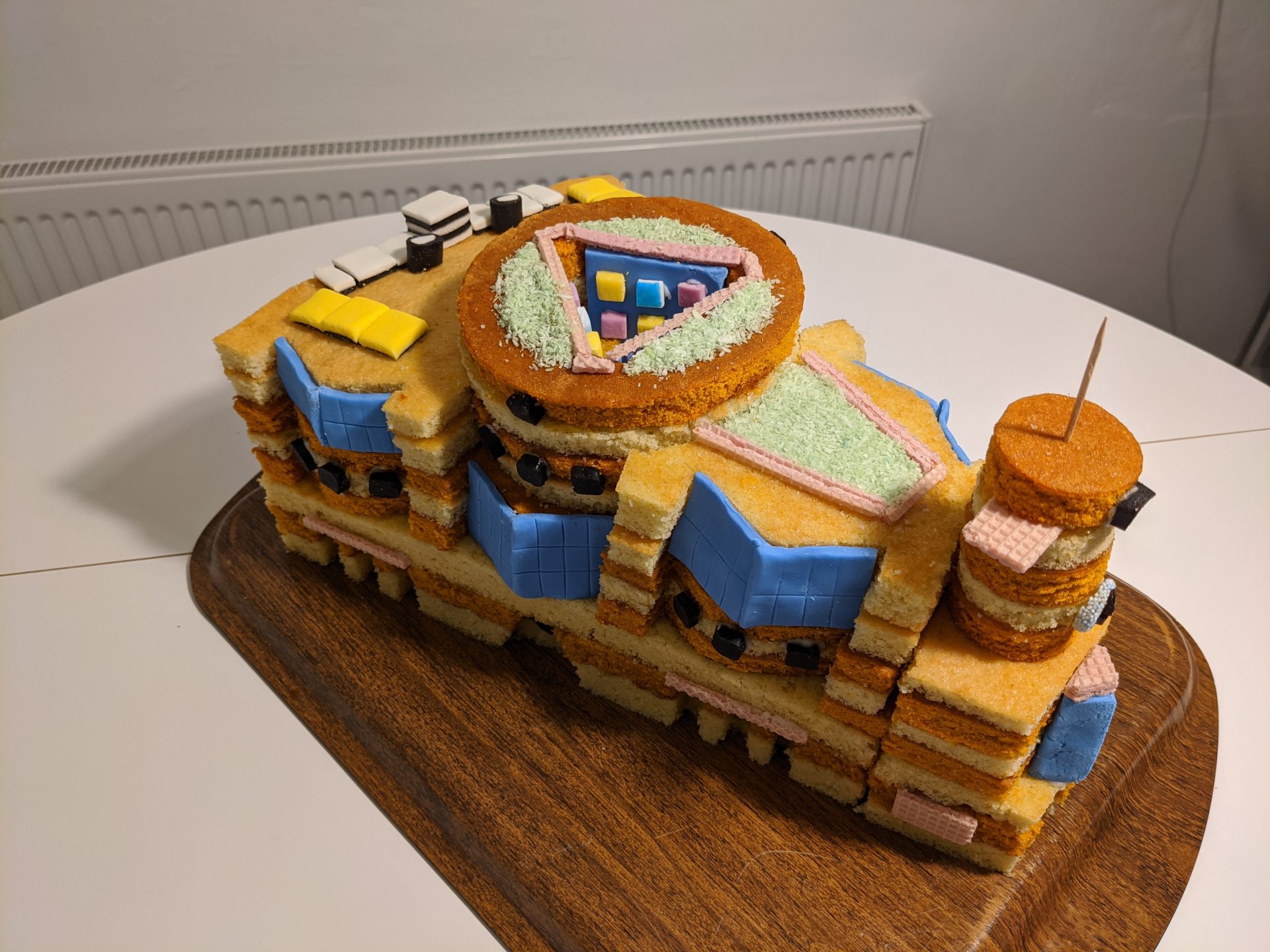 NEWS
|
NEWS
|
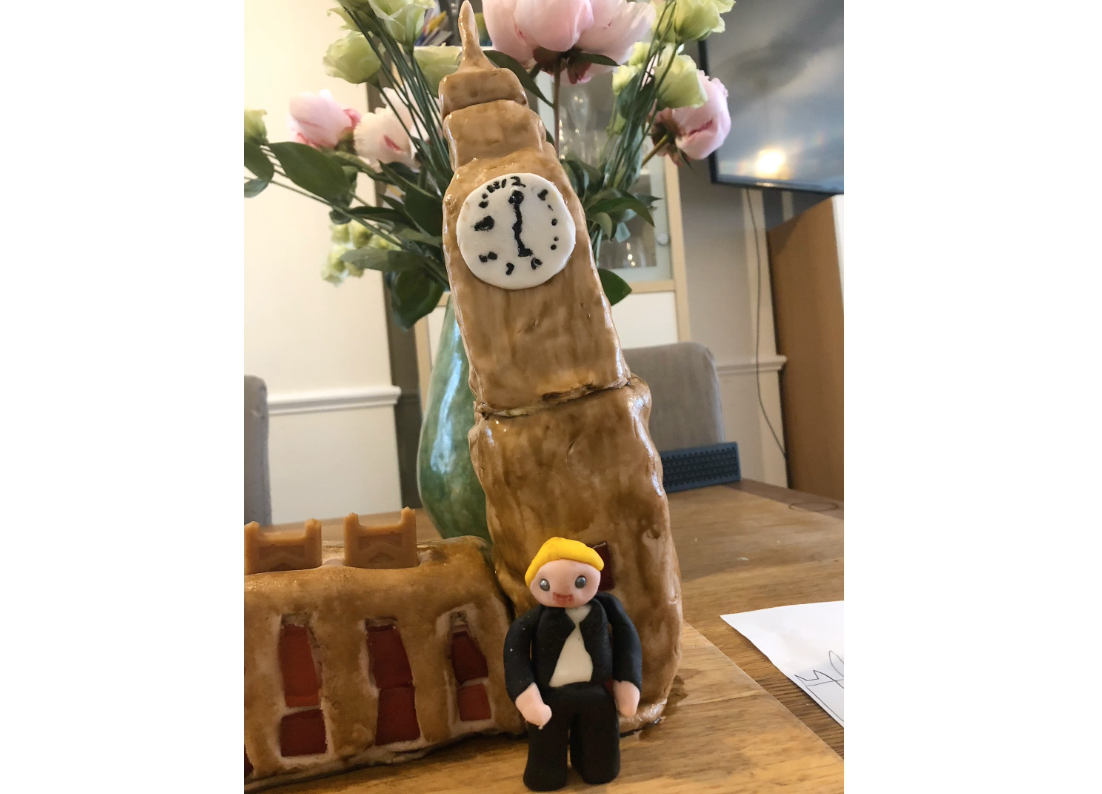 NEWS
|
NEWS
|